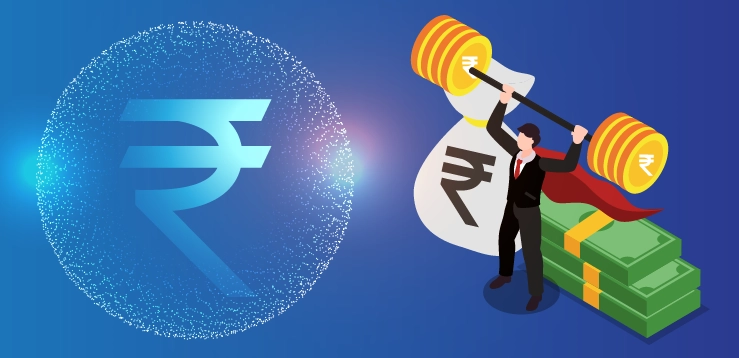Cookies Consent This website uses cookies and other tracking technologies to improve your browsing experience for the following purposes to enable basic functionality of the website, to provide a better experience on the website, to measure your interest in our products and services and to personalize marketing interactions
- Blog

Most of us will need a loan at some point in our lives, and that's okay. In fact, loans are valuable financial tools that can help build a better future when used carefully. When managed well, they can help achieve important life goals - whether that's advancing your education, buying your first home, or buying a car and taking care of family needs.
The key is to approach loans with a clear plan. Without careful planning, monthly payments might stretch the budget too thin, making it harder to save money or handle other important expenses. It could also affect the ability to get approved for future loans when new opportunities arise.
The good news is that managing loans effectively is a skill anyone can learn. Here are some practical steps to help make the most of current loans and make smart borrowing decisions for the future.
Snowball Method
The snowball method focuses on small wins to keep you motivated, helping you see quick progress and stay on track with your debt repayment goals. You start by paying off small loans. You begin with a small snowball, and as it rolls, it picks up more snow and gets bigger. Make a list of all your loans - from the smallest to largest amount. Pay the minimum on all loans, but put any extra money toward paying off the smallest one.
Here is an example. If you have three loans - a ₹10,000 personal loan (minimum payment: ₹1,000), a ₹20,000 car loan (minimum payment: ₹2,000), and a ₹50,000 credit card debt (minimum payment: ₹5,000) - and you have an extra ₹3,000 each month, you'd focus first on the ₹10,000 loan. You'd pay ₹4,000 monthly on this loan (₹1,000 minimum + ₹3,000 extra) until it's paid off. Then, you'd move to the ₹20,000 loan, now paying ₹5,000 monthly (₹2,000 minimum + ₹3,000 extra + the ₹1,000 you were paying on the first loan).
Avalanche Method
The avalanche method maximizes your savings by targeting high-interest loans first, providing a strategic approach to debt elimination. This method is the opposite of the snowball. It starts big and keeps getting smaller. While paying the minimum on all your loans, you put any extra money toward the loan with the highest interest rate. Once that's paid off, you move to the loan with the next highest rate, and continue this pattern until all loans are cleared.
For example, if you have three loans - a credit card debt of ₹50,000 at 18% interest (minimum payment: ₹5,000), a personal loan of ₹30,000 at 12% interest (minimum payment: ₹3,000), and a two-wheeler loan of ₹20,000 at 8% interest (minimum payment: ₹2,000) - and you have an extra ₹3,000 each month, you'd focus first on the credit card debt. You'd pay ₹8,000 monthly on this loan (₹5,000 minimum + ₹3,000 extra) until it's paid off. Then, you'd move to the personal loan, now paying ₹6,000 monthly (₹3,000 minimum + ₹3,000 extra + the ₹5,000 you were paying on the credit card).
Debt Consolidation
Debt consolidation simplifies your finances by combining multiple loans into one manageable payment, often with better terms and low interest rates. It does not make your loans disappear. But, instead of paying several loan instalments, you make a single, more manageable payment - often with better terms that can save you money.
Personal loans are particularly useful for debt consolidation, as they typically offer low interest rates than credit cards and can be used to pay off multiple high-interest debts at once. Additionally, personal loans come with fixed repayment terms and structured monthly payments, making it easier to plan your budget and track your progress toward becoming debt-free. Many people find they can get a low interest rate, which means more of their payment goes toward paying off the actual loan rather than interest. This could mean lower monthly payments and less stress about managing multiple loans.
Balance Transfer
A balance transfer offers the opportunity to reduce your monthly payments and access better loan terms by moving your existing loan to a different bank or lender. People often do this to get low interest rates, better service, or more favorable loan terms. It is usually used for credit cards and home loans.
Windfall Payments
Windfall payments can significantly improve your financial situation by accelerating debt repayment and building long-term financial security. A windfall payment is extra money that comes your way unexpectedly - like a tax refund, bonus, inheritance, or money from selling something valuable. While it might be tempting to spend this money right away, using it wisely can really improve your financial situation.
Effective loan management becomes simpler with the right strategy. Every borrower's journey is unique, which is why HDB Financial Services provides loan solutions tailored to different needs and goals. Their hassle-free personal loan option does not require any collateral.




























































